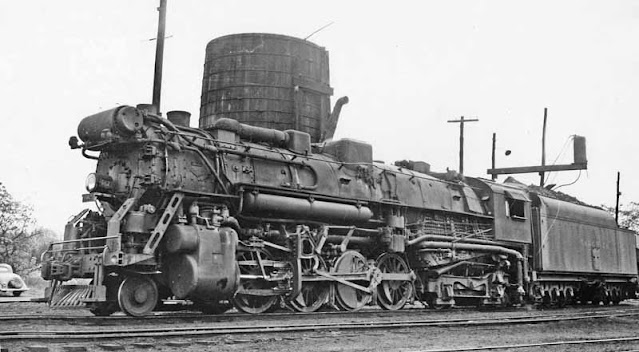The Historic New Orleans Snowstorm of New Year’s Eve 1963
New Orleans is certainly not a city known for snow, but on the last day of 1963, it experienced a rare and memorable snowstorm that covered the city in 4.5 inches of white powder. The snowstorm was part of a larger weather system that affected much of the southern United States, bringing record-breaking snowfall to some areas. The snowstorm had an impact on the city’s culture, economy, and sports, as well as creating some beautiful and unusual scenes. On New Years Eve of 1963, University of Alabama Head Football Coach “Bear” Bryant prophetically said that the only thing that could have messed up his team’s chances in the Sugar Bowl against Ole Miss in New Orleans, LA was a freak snowstorm. Well, that's just what they got, as 4.5" of the white stuff fell the day before the game. Groundskeepers clearing the snow before the Sugar Bowl at Tulane Stadium. Image: The Times-Picayune, NOLA.com The snowstorm was caused by a low-pressure system that originated in t




